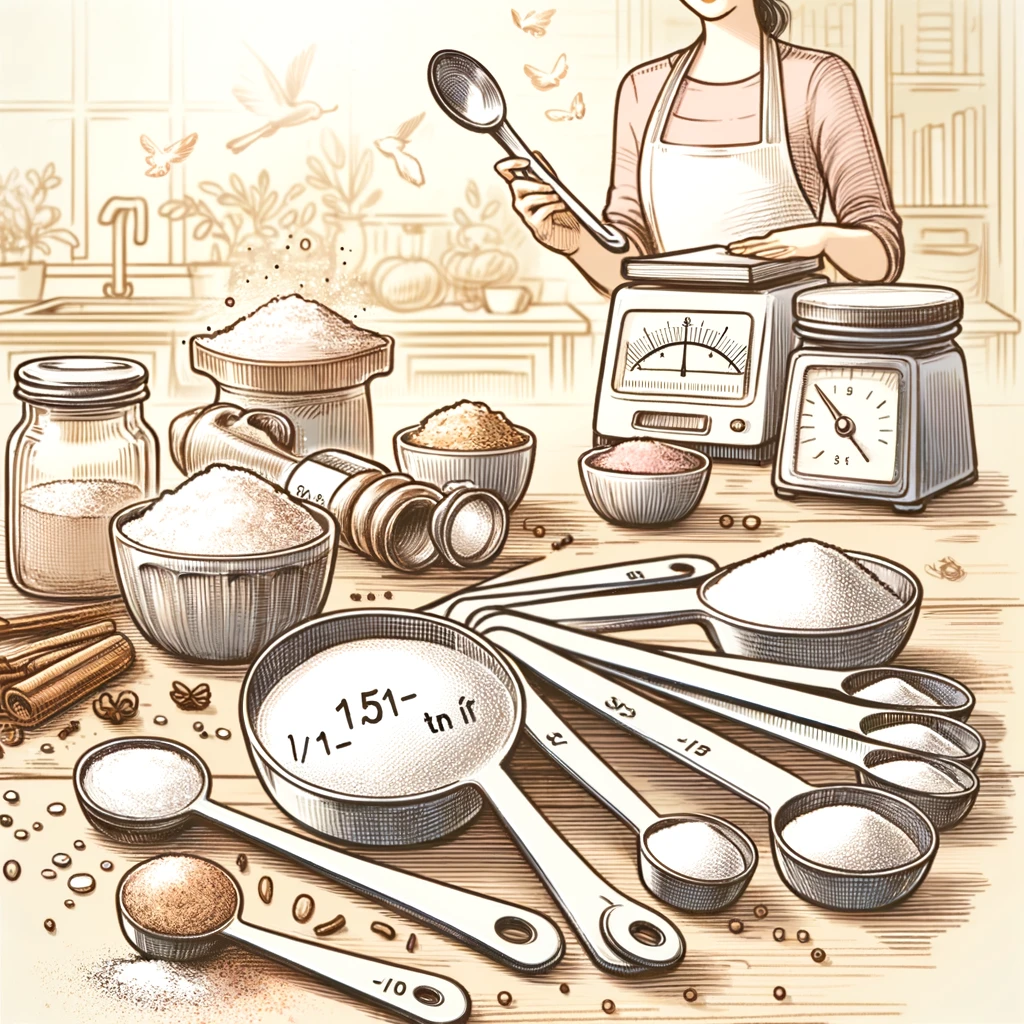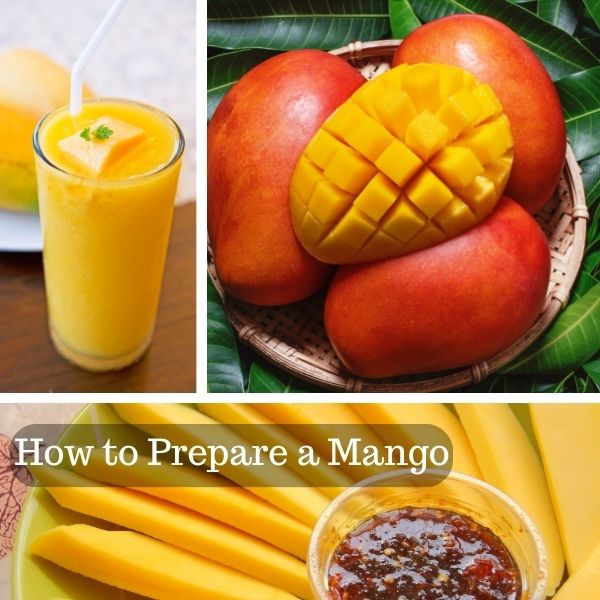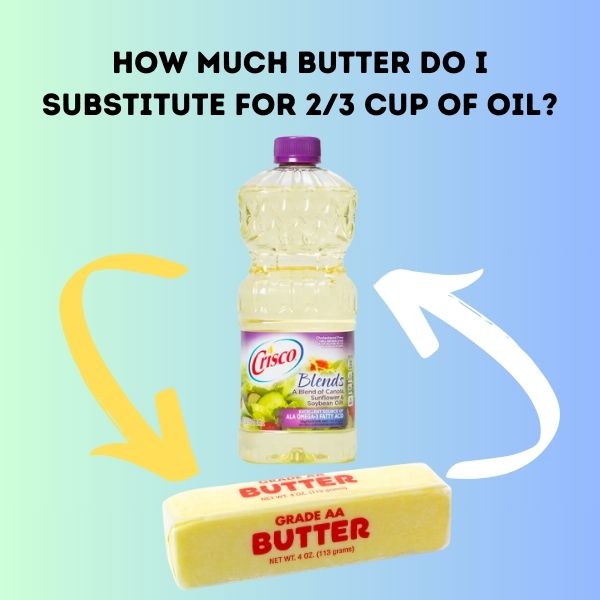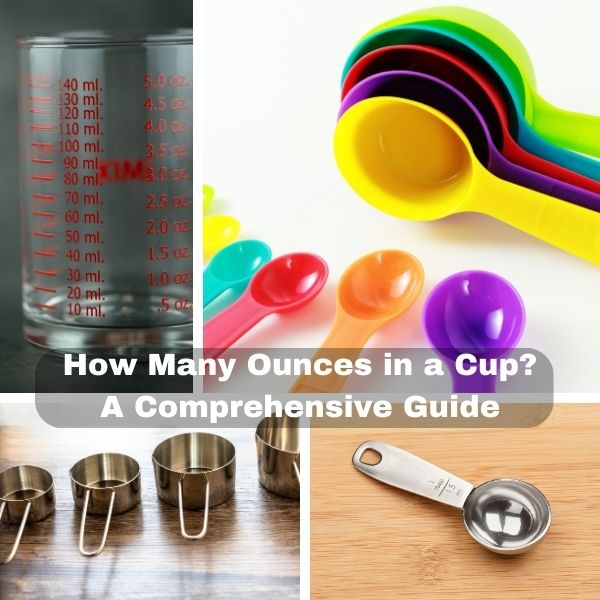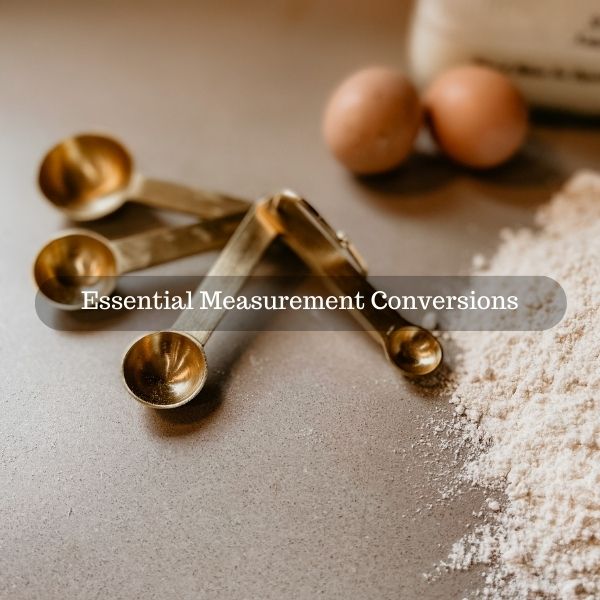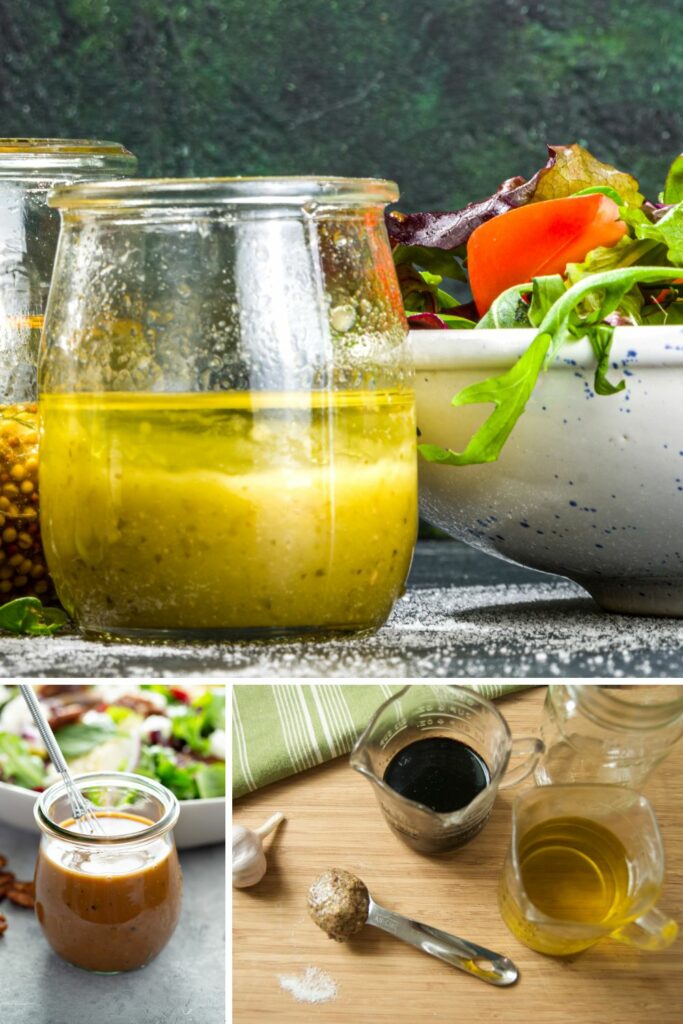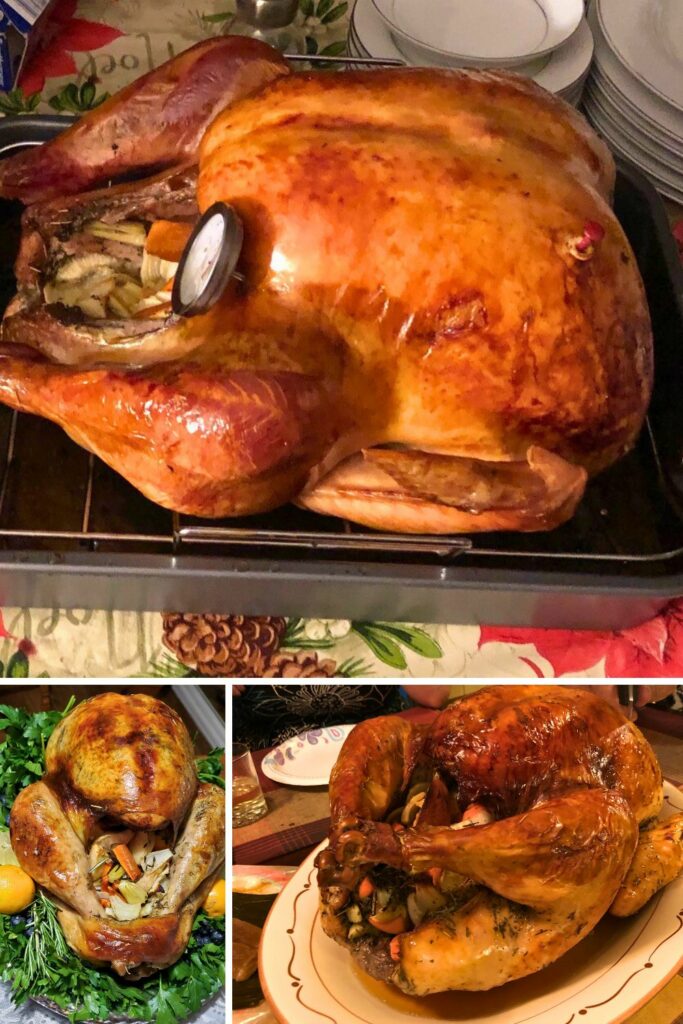Accurate measurement in cooking and baking is not just a skill; it’s an essential part of culinary success. Whether you’re a seasoned chef or a home cook, getting measurements right, especially for small quantities like 1/5 of a teaspoon, can be the difference between a delightful dish and a culinary mishap. In this guide, we’ll explore how to measure 1/5 of a teaspoon accurately, ensuring that your recipes turn out just as intended.
Understanding Teaspoon Measurements
A teaspoon is a standard unit of measurement used extensively in cooking and baking. It’s crucial for measuring small quantities of ingredients like spices, baking powder, and flavor extracts. In cooking, a little can go a long way, and teaspoons help you control these tiny but impactful amounts. It’s important to note that baking demands precision. A slight deviation in measurements can alter the texture and taste of your baked goods significantly.
Tools for Measuring Small Quantities
When it comes to measuring 1/5 of a teaspoon, standard measuring spoons are your best bet. These spoons typically come in sets, including 1/4 teaspoon, 1/2 teaspoon, 1 teaspoon, and 1 tablespoon, made from various materials like plastic, metal, or stainless steel. For those who seek precision down to the last grain, kitchen scales are invaluable. They can measure ingredients by weight, which is particularly useful in baking. Remember, while measuring cups are great for larger quantities, they lack the precision needed for smaller measurements like 1/5 of a teaspoon.
Techniques for Measuring 1/5 Teaspoon
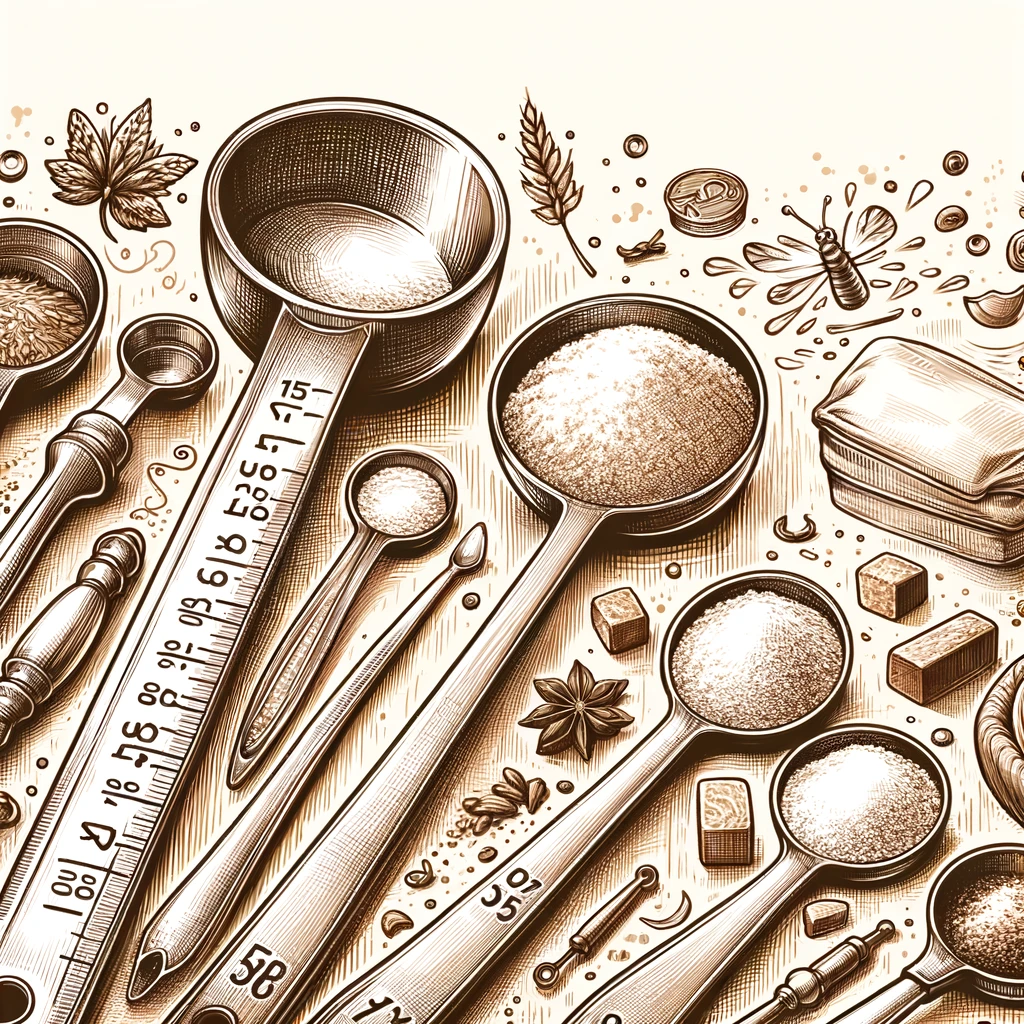
- Use of a Quarter Teaspoon: If you have a 1/4 teaspoon measuring spoon, simply fill it about four-fifths full. This will give you a rough estimate of 1/5 teaspoon.
- The Water Displacement Method: Fill a teaspoon halfway with water, then add your ingredient until the water reaches the full teaspoon mark. Since half a teaspoon is 2.5 times larger than 1/5 teaspoon, use roughly two-fifths of your ingredient to reach this level.
- Visual Estimate with Common Objects: Use objects like a dime or the tip of a small knife as a reference for size. A small mound of the ingredient on the tip of a knife can approximate 1/5 teaspoon.
- Incremental Pinching: Take a pinch of the ingredient between your fingers, and gently add it to a dish, counting each pinch. Around 10 small pinches should approximate 1/5 teaspoon.
These simplified techniques are designed to be more approachable for beginners, making it easier to measure 1/5 teaspoon using everyday items and basic estimation skills.
Common Mistakes to Avoid
Measuring small quantities can be tricky, and common mistakes include confusing the measurement of dry and wet ingredients and not leveling off the measuring spoon for dry ingredients. It’s crucial to use the right tool for the right ingredient and to be as precise as possible.
Practical Applications and Tips
Accurate measurement is particularly important in recipes where the balance of flavors is delicate. For instance, in baking recipes like cookies or cakes, an incorrect measurement of baking powder can affect the rise and texture. Similarly, in savory dishes, too much of a strong spice can overpower other flavors. Here are some tips:
- Practice Makes Perfect: Regularly practicing with measuring tools can enhance your accuracy.
- Always Level Off: For dry ingredients, always level off the measuring spoon for an accurate measure.
- Eye-Level Checks: When measuring liquids, ensure to check the level at eye height for precision.
Measuring 1/5 of a teaspoon may seem daunting, but with the right tools and techniques, it becomes a simple task. Remember, precision is key, especially in baking. By understanding the importance of accurate measurement, using the correct tools, and practicing the techniques outlined in this guide, you’ll be well on your way to culinary perfection.
